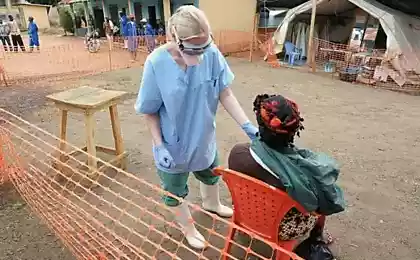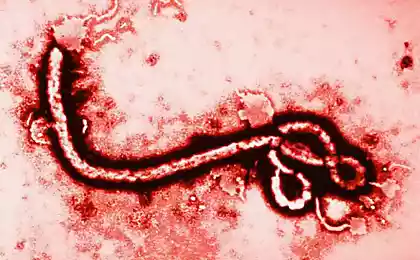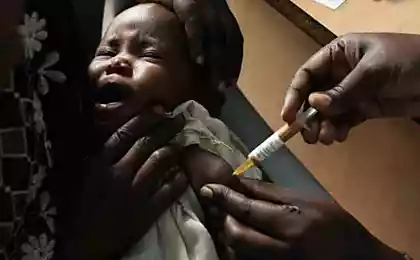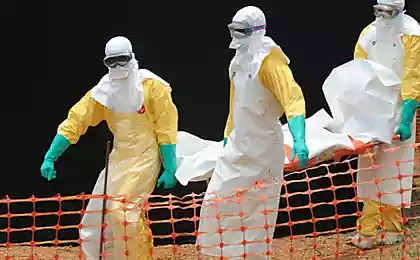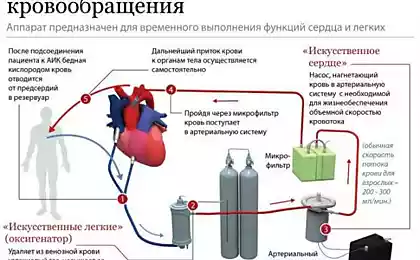880
Fever, carrying away thousands of lives. 10 facts about the deadly ebola virus, you need to know everything.
Right now the killer is walking on Africa called "Ebola virus". I present to you the 10 most important facts about this dangerous virus that you should know, even if you do not live in Africa, and none of your friends is not there.
10. Name. B>
The virus is named after the place where it was first discovered. This name is the river that flows near the site where the virus was first recorded. The first case of the disease was recorded in the Democratic Republic of the Congo.

9. Where the currently rampant virus? B>
Right now, the fever is common in Central and West Africa, because this is where live animals-carriers of the virus. No cases of the disease in other territories has not yet been fixed, but there is a risk that Ebola can be spread to other countries.
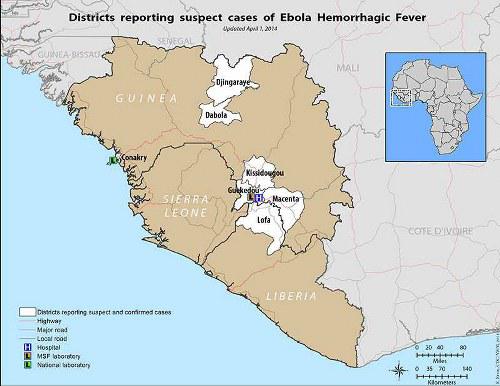
8. Ebola vaccine. B>
We have already begun to test a vaccine against the virus. The World Health Organization promises medication is not ready before 2015. Testing of the vaccine will begin next month.

7. The virus went from animals. B>
You can not be one hundred percent sure, but there is evidence that the spread of the virus began to animals, namely bats. People ate their poorly-done meat and fever were infected in this manner. So that it becomes a vegetarian or a really good roasted meat!

6. The first outbreak. B>
The first outbreak occurred in Zaire in 1976. Then about 318 ill people have died 280. This means that the death rate of the virus is 88%. In the same year there was an outbreak of the virus in Sudan. There's mortality rate was 53%.
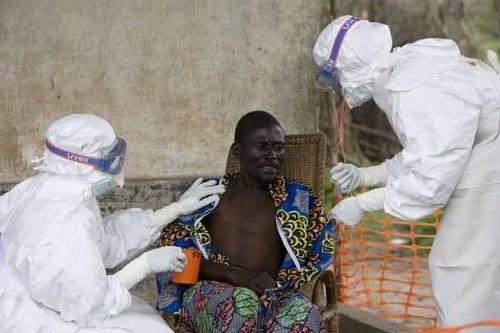
5. Horrific death rate. B>
As already mentioned, the death rate from Ebola virus is from 50% to 90%. It often depends on the time of detection of the virus in humans: the faster detect it - the better the chance for recovery.
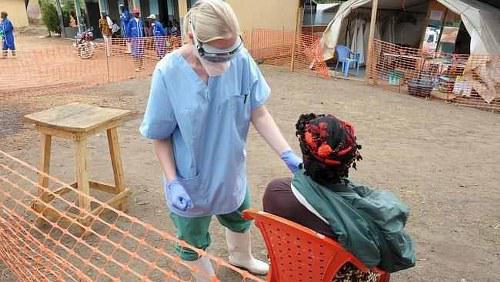
4. The infectious stage. B>
The Ebola virus poses another danger - it is very contagious. If a virus is found in blood or other secretions of a person - it can easily infect other people. Often the virus may have a latent form, and not show up to two months from the start of infection.

3. Statistics. B>
Ebola outbreak, which occurred in 2014 - the largest. On 6 August 1779 there were cases of fever, 961 of them were fatal.
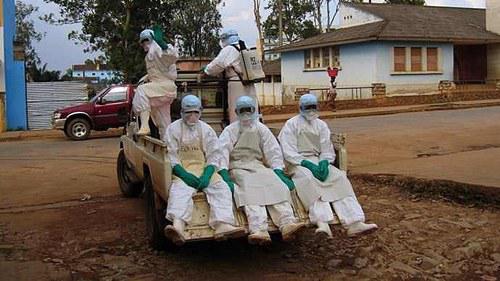
2. Symptoms. B>
People who catch the virus, you feel muscle pain, headache, they have a sore throat and fever. Symptoms are similar to flu. Later, manifested nausea, indigestion, disturbed liver and kidney function, and there were cases of internal bleeding.
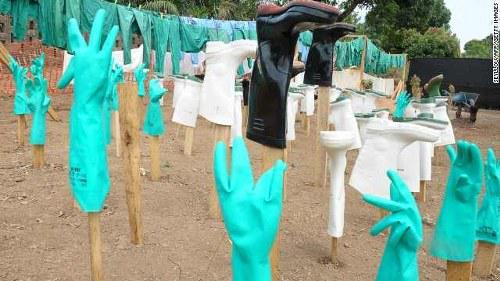
1. Medicines do not exist. B>
Modern medicine can not prevent infection by the Ebola virus. Medicines it also exists. Several countries are trying to work together to create a vaccine and is already being tested, but it can take years. No one was interested in Ebola, until she began to gain momentum appalling, so on a vaccine even thought.
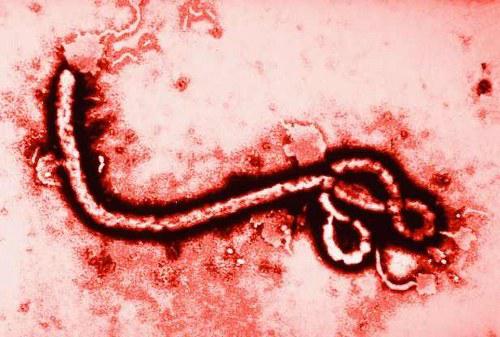
We share this important information with your friends!
smashingtops.com/health-2/10-things-you-need-to-know-about-ebola/
10. Name. B>
The virus is named after the place where it was first discovered. This name is the river that flows near the site where the virus was first recorded. The first case of the disease was recorded in the Democratic Republic of the Congo.

9. Where the currently rampant virus? B>
Right now, the fever is common in Central and West Africa, because this is where live animals-carriers of the virus. No cases of the disease in other territories has not yet been fixed, but there is a risk that Ebola can be spread to other countries.

8. Ebola vaccine. B>
We have already begun to test a vaccine against the virus. The World Health Organization promises medication is not ready before 2015. Testing of the vaccine will begin next month.

7. The virus went from animals. B>
You can not be one hundred percent sure, but there is evidence that the spread of the virus began to animals, namely bats. People ate their poorly-done meat and fever were infected in this manner. So that it becomes a vegetarian or a really good roasted meat!

6. The first outbreak. B>
The first outbreak occurred in Zaire in 1976. Then about 318 ill people have died 280. This means that the death rate of the virus is 88%. In the same year there was an outbreak of the virus in Sudan. There's mortality rate was 53%.

5. Horrific death rate. B>
As already mentioned, the death rate from Ebola virus is from 50% to 90%. It often depends on the time of detection of the virus in humans: the faster detect it - the better the chance for recovery.

4. The infectious stage. B>
The Ebola virus poses another danger - it is very contagious. If a virus is found in blood or other secretions of a person - it can easily infect other people. Often the virus may have a latent form, and not show up to two months from the start of infection.

3. Statistics. B>
Ebola outbreak, which occurred in 2014 - the largest. On 6 August 1779 there were cases of fever, 961 of them were fatal.

2. Symptoms. B>
People who catch the virus, you feel muscle pain, headache, they have a sore throat and fever. Symptoms are similar to flu. Later, manifested nausea, indigestion, disturbed liver and kidney function, and there were cases of internal bleeding.

1. Medicines do not exist. B>
Modern medicine can not prevent infection by the Ebola virus. Medicines it also exists. Several countries are trying to work together to create a vaccine and is already being tested, but it can take years. No one was interested in Ebola, until she began to gain momentum appalling, so on a vaccine even thought.

We share this important information with your friends!
smashingtops.com/health-2/10-things-you-need-to-know-about-ebola/
Look! He just got a cabbage out of the water. I was stunned when it was cut ...
How to cut an apple without a knife? How to instantly freeze a Coke? The 10 life hacking just awesome!



